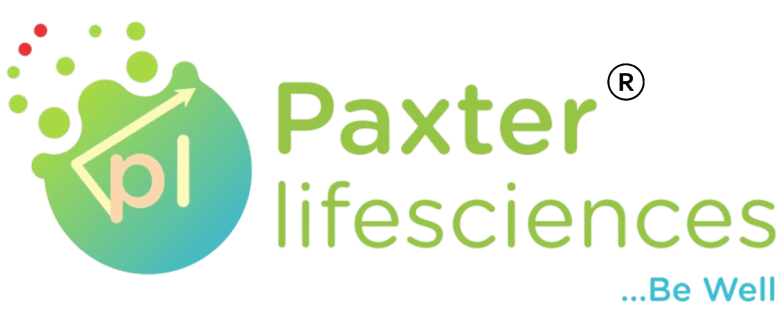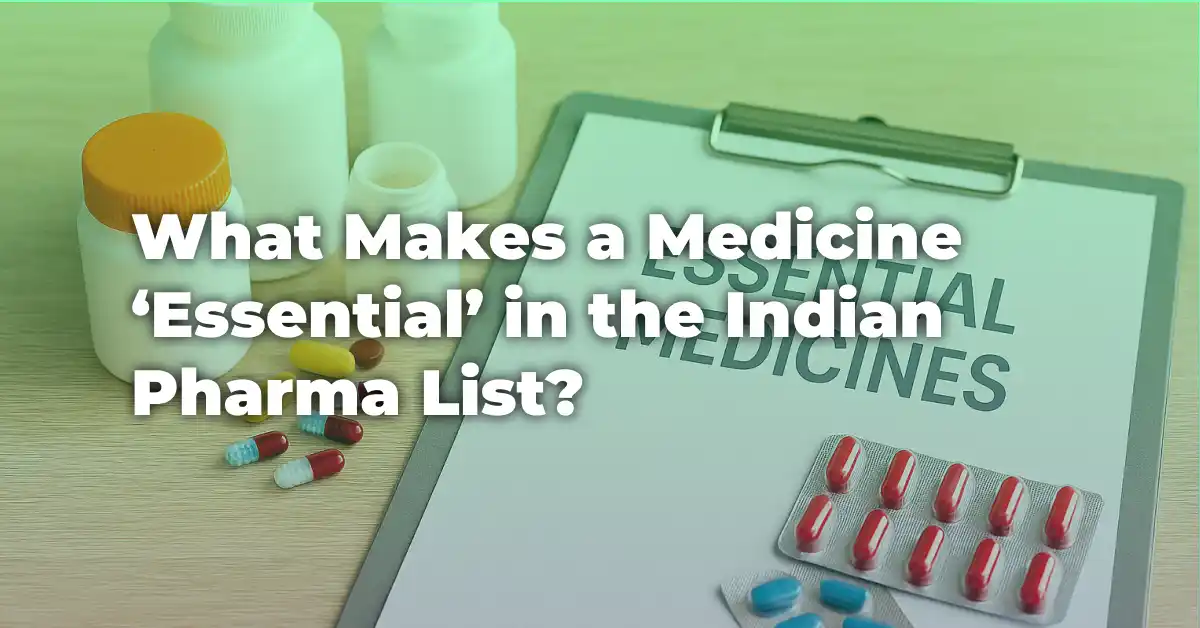Not All Medicines are Similar
Indeed, all of us have seen medicines branded by the government as essential. It might even come to your notice that some medicines are cheaper, available in abundance, or stocked very frequently in all public hospitals. But what does it actually mean?
The point of understanding what makes a medicine ‘essential’ in the Indian pharma list can be important to not just a policymaker or a pharmacist but anyone in the healthcare or pharma space as it matters seriously in terms of cost, accessibility, production, and public health outcome.
Let’s break it down in simple terms.
What is the National List of Essential Medicines (NLEM)?
The government keeps an official list known as the National List of Essential Medicines (NLEM) in India. The list is constantly updated by the Ministry of Health and Family Welfare, as per recommendations by medical experts.
These are drugs that:
measurable priority health needs of the population having strong evidence for efficiency and safety and show cost-effectiveness in treatment and supply.
So, when we ask what makes a medicine ‘essential’ in the Indian pharma list, this is where it all began-impact, access, and clinical relevance.
Criteria That Define an ‘Essential’ Medicine
Now, onto the real filters.
To get into the essential drugs’ cut, here are a few important boxes that would need to be ticked:
1. Public Health Relevance
Does the drug serve an ailment that affects the majority of people diabetes, TB, hypertension, or maternal health? If so, it would likely be included into the list.
2. Proven Efficacy and Safety
It should have a solid proven record of efficacy and safety with a positive risk-benefit profile. India usually relies on WHO guidelines and national data for this support.
3. Cost-Effectiveness
Will it deliver a lot while not proving too steep for mass procurement and public health schemes?
These are the main three elements defining what is meant by ‘essential’ in the Indian pharma list and they are reviewed by this NLEM committee every few years.
What is the impact when a drug is termed ‘Essential’?
Being an essential drug means a lot and has real consequences. For pharma manufacturers, it means:
- That drug gets covered under price control through the Drug Price Control Order (DPCO)
- It shall be available across the country, in government hospitals and public health programs
- Generally, it cannot be stopped without government approval
So, yes-it’s really good for the patients but heavy on regulation for the company making the medicine.
Why this is Important to Pharma Brands and Healthcare Providers
If you are in the pharma business, or healthcare delivery systems, knowing what constitutes a medicine ‘essential’ in the Indian pharma list helps with:
Decisions on new products to be developed
- Price strategies
- Government tenders and supply contracts
- CSR or access-foc
Being placed on the essential list may shrink your margins but massively increase volume and brand trust.
Conclusion:
Essential Medicines = Essential Access
What makes a medicine ‘essential’ in the Indian formulary? It is not merely good sales but also serious public health implications, clinical justification, and economic access to the healthcare system. Essential medicines are the backbone of the Indian healthcare system, whereas for pharma companies, doctors, and patients, it is vital to understand how such decisions are made to start making better decisions for their business and for the benefit of lives.
Contact Us : https://paxterlifesciences.com/
Follow Us : https://www.instagram.com/paxter_lifesciences/






